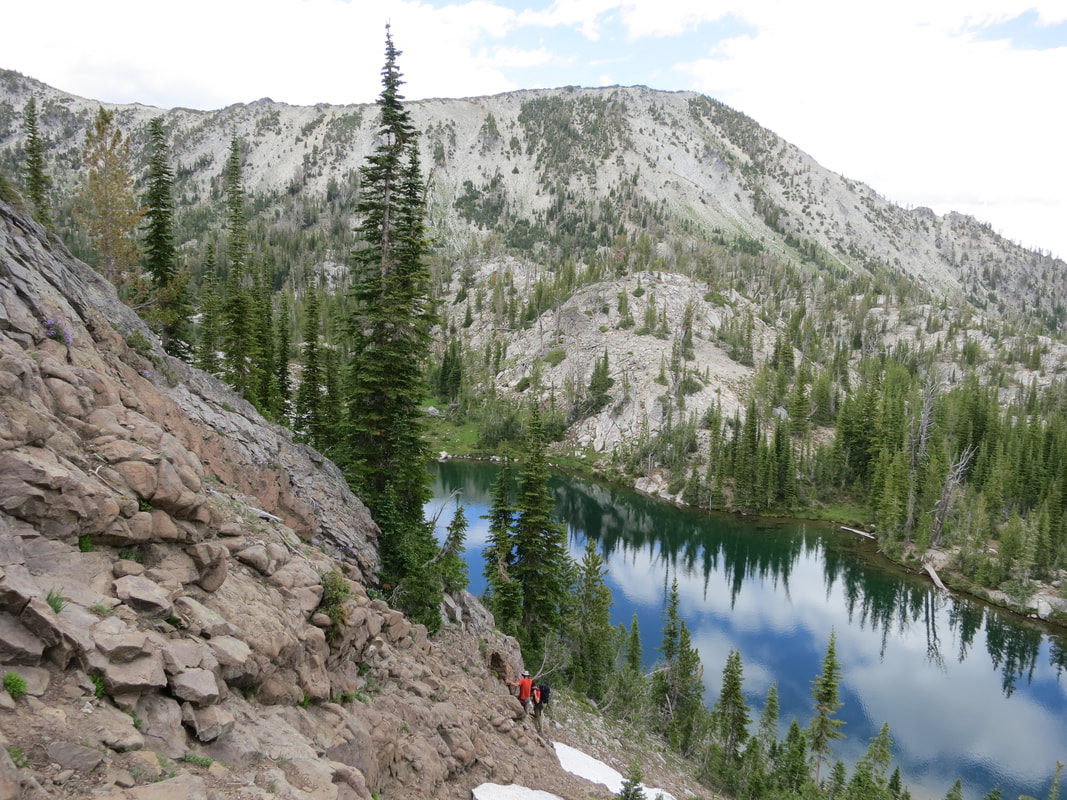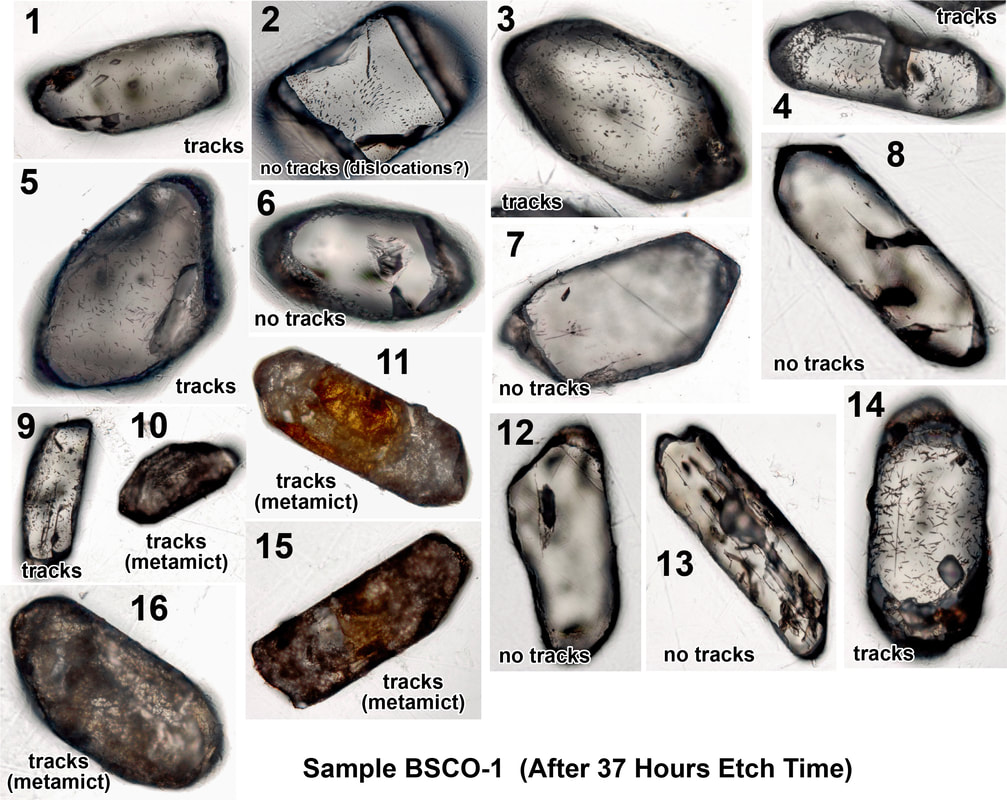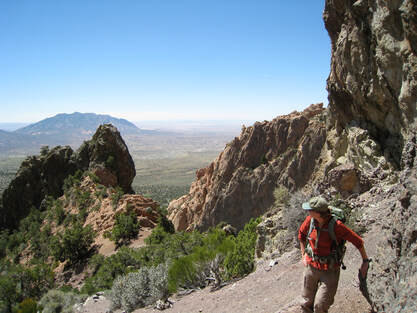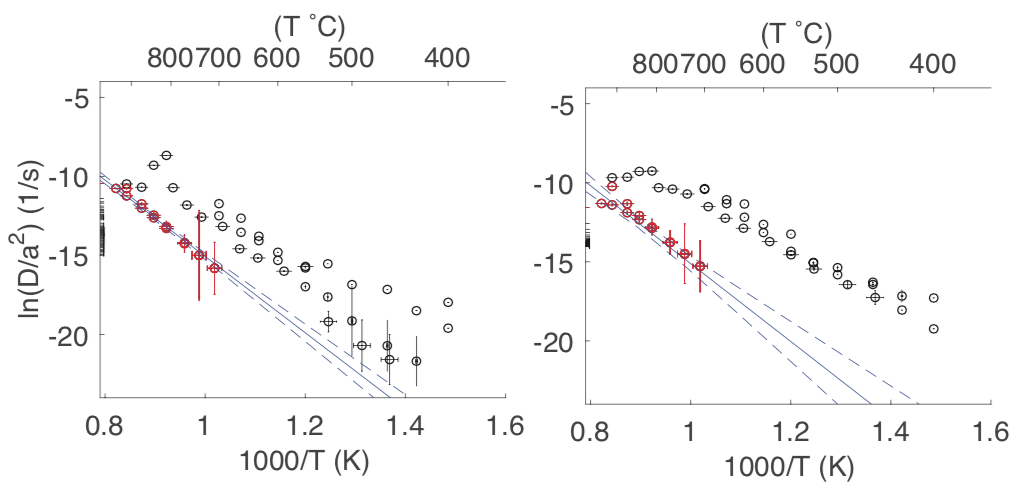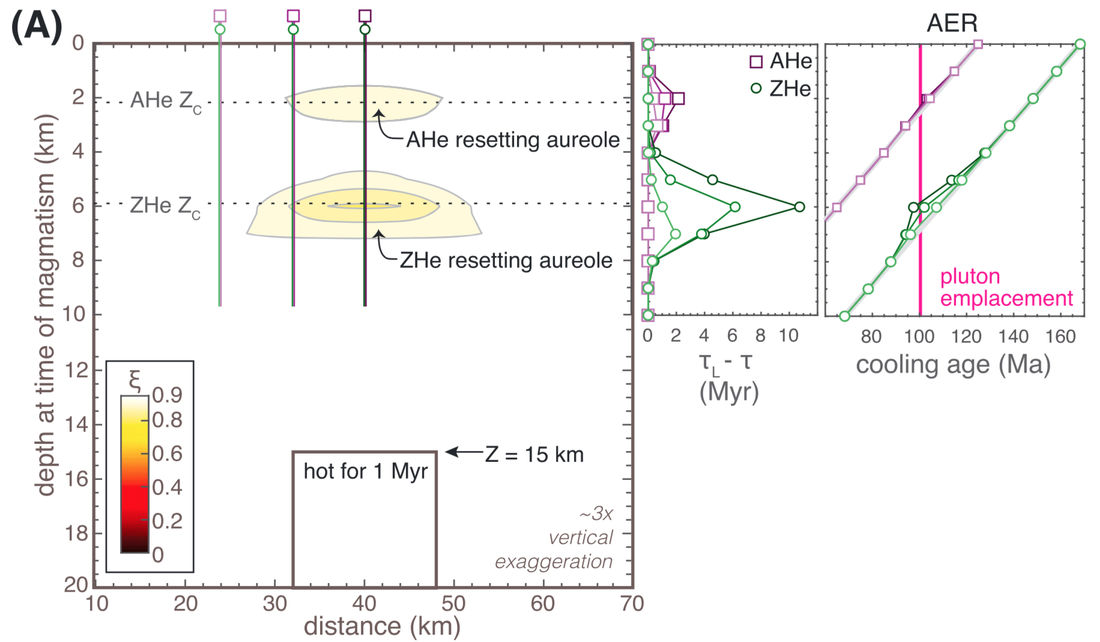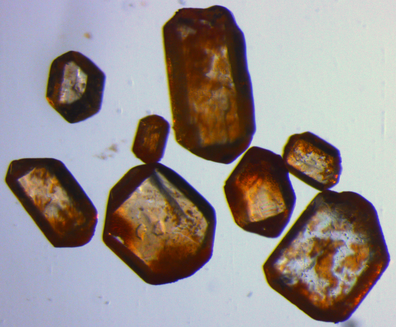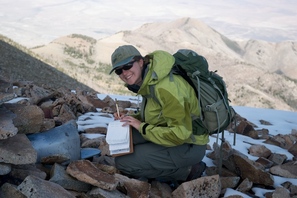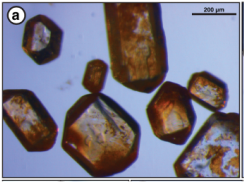Applied ThermochronologyThermochronologic record of eruptions that fed the Columbia River flood basalt eruptions | with Leif Karlstrom
Feeder dikes of the Miocene Columbia River flood basalts are spectacularly exposed in the Wallowa Mountains of eastern Oregon, where they were injected into a Cretaceous batholith. We use low-temperature thermochronology to document how long (in years) individual feeder dikes were active conduits. Check out our new paper demonstrating this method. Ongoing work is expanding this approach across the Wallowas. Leif just got a CAREER grant to fund this work!
Anthropogenic fire and the erosional response to the arrival of humans in Australia | with Eric Portenga
The arrival of humans and anthropogenic fire to Australia at ca. 50-65 ka may have caused the rapid, continent-scale changes in vegetation, landscape evolution, and megafauna abundance observed in the geologic record. However, the relative timing of these events—and their connections—remains controversial. Wildfire, like other short-duration high-T events, produces characteristic thermochronologic signatures in soils and outcrops. Together with Michael Bird (James Cook University) and Stuart Thomson (University of Arizona), we have identified a likely thermochronologic wildfire signature in sediment from a core spanning ca. 150 ka from a sinkhole in Australia’s Northern Territory. We are processing material from key parts of this core in order to simultaneously track the landscape’s fire history using thermochronology and its erosion history using paleo-erosion rates derived from cosmogenic radionuclide measurements. This work is funded by a small grant from the Quaternary Research Fund and a Purdue Rare Isotope MEasurement (PRIME) Lab seed grant, and we will use these data to apply for funding from NSF to expand and complete this study
Apatite thermochronology from central Colorado Plateau | with Pete Reiners, Stuart Thomson, Xavier Robert, and Kelin Whipple
(Not an active project). See papers below for our take (as of 2016-2019) on how to work with complex apatite (U-Th)/He data.
|
Method DevelopmentThe monazite (U-Th)/He thermochronometer | with Nathan Niemi
Monazite is a LREE phosphate, commonly used as a Th-Pb geochronometer, that exhibits significant compositional variability and very high (1-15 wt. %) Th, and therefore He, content. Single-crystal variability in monazite Th and LREE composition is hypothesized to result in a previously reported large range of He diffusion parameters and thereby effective closure temperatures (~180–290 ˚C for 10˚C/My cooling rate). Such variable diffusion kinetics are methodologically challenging, because a diffusion experiment needs to be performed on each crystal analyzed, but this variability makes this system a rich archive of thermal history information. See Rapid stepped-heating experimental method for routine monazite (U-Th-Sm)/He thermochronology.
When and where are low-temperature thermochronometers affected by crustal magmatism? | with Pete Reiners and Jean Braun
This is an active interest of mine, and my current project regarding the thermochronologic record of magmatism is an applied project in the Wallowa Mountains (see description at left).
Our 2018 modeling paper on this topic: Toward robust interpretations of low-temperature thermochronology in magmatic terranes. Our 2019 paper The thermochronologic record of erosion and magmatism in the Canyonlands region of the Colorado Plateau addresses the challenge of possible regional variability in the geothermal gradient when interpreting cooling ages, even in regions not traditionally considered magmatic terranes. The effects of grungy, secondary, U-Th-rich phases on apatite He ages | with Devon Orme and Pete Reiners
(Not an active project). External sources of U, Th, Sm and He are important considerations when confronted with dispersed apatite He datasets. Our paper provides a practical guide for identifying these effects.
|
Oligocene laccoliths on the Colorado Plateau: A key to understanding Cenozoic rock cooling and erosion
|
The landscape evolution of the Colorado Plateau has fascinated geologists since the days of Powell, Gilbert, and Dutton. Today, low-temperature thermochronology is being applied across the region to constrain the timing and rate of late Cenozoic denudation and canyon cutting, although the thermal histories of the Plateau’s sedimentary rocks push the current limits of interpreting low-temperature thermochronology data -- hence the rekindled debate on the “age” of Grand Canyon. Using thermochronology in the these rocks close to the Oligocene laccoliths in the Henry, La Sal, and Abajo Mountains, we overcome this problem because the thermal histories are clearly punctuated ca. 27-25 Ma by localized magmatic heating, which erased the detrital memory of the apatite grains we date and clarifies the record of subsequent erosional cooling.
Published in Geology. |
Towards more robust interpretation of cooling ages in magmatic terranes
Because they can reliably yield abundant apatite and zircon, igneous rocks in active and ancient orogens are often targeted for low-temperature thermochronologic dating to constrain the timing, rates, and patterns of erosion. However, interpreting the thermal histories of regions currently or formerly magmatically active is complicated by (1) transient heating and cooling within and adjacent to plutons, (2) changes in regional geothermal gradients, (3) interaction between advective and conductive cooling, and (4) the potential for coupled magmatic and erosional exhumation. In these settings, when is it appropriate to interpret low-temperature cooling ages as reflecting the timing or rate of purely erosional exhumation?
The effects of U-Th-rich grain boundary phases on apatite helium ages
|
We document a source of apatite He age variability amongst single apatite grains from the same sample: U-Th-Sm-bearing phases precipitated on apatite grain boundaries. These phases interfere with the key assumptions made when we apply the alpha-ejection correction to raw apatite He ages. We model these effects and demonstrate strategies for retrieving useful information from otherwise problematic apatite He datasets.
Published in Chemical Geology. |
